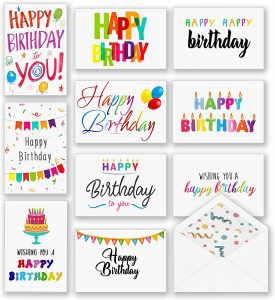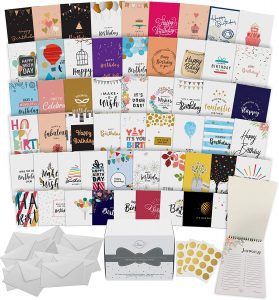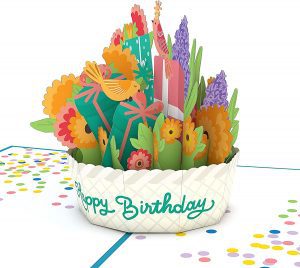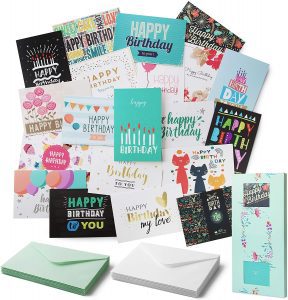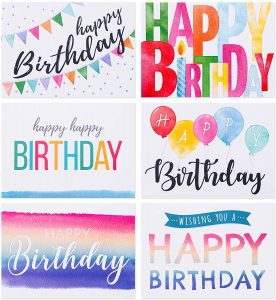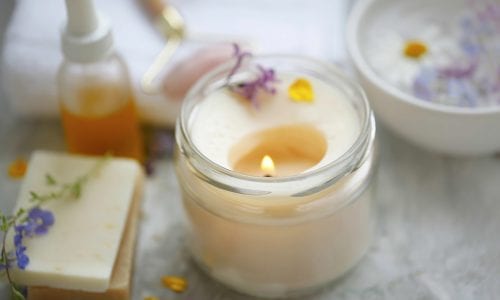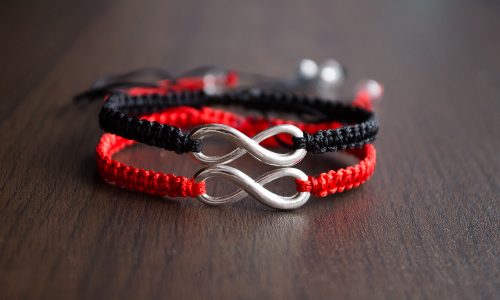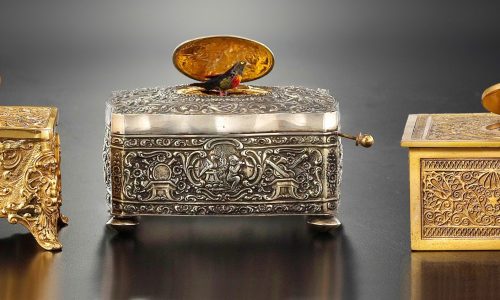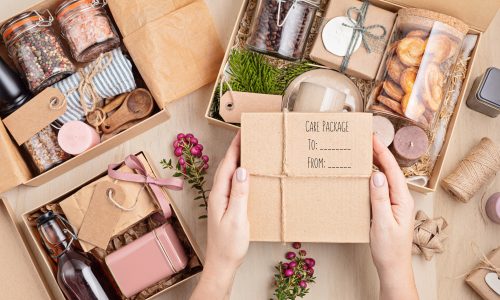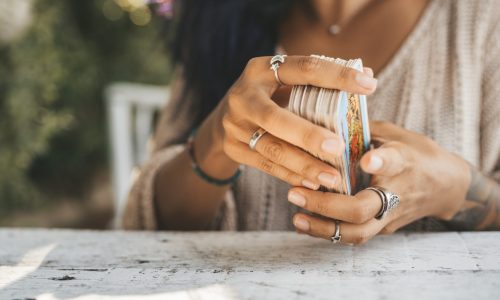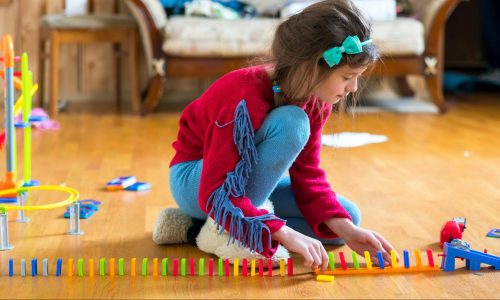The Best Birthday Card
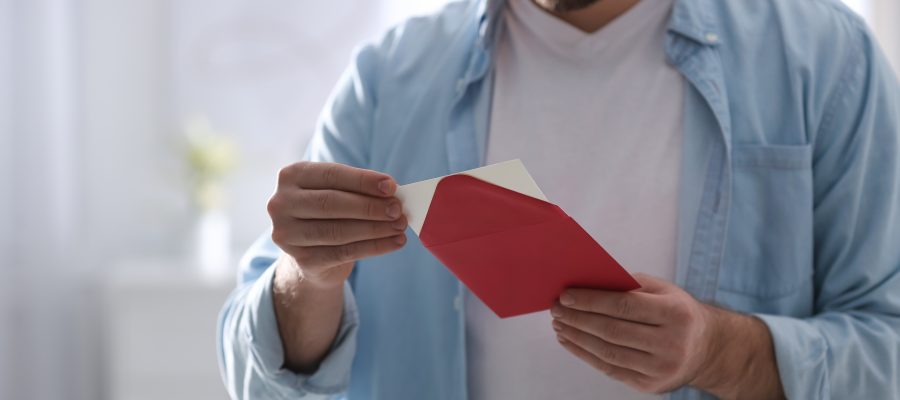
Our Review Process
Don't Waste Your Money is focused on helping you make the best purchasing decision. Our team of experts spends hundreds of hours analyzing, testing, and researching products so you don't have to. Learn more.
Our Picks For The Top Birthday Cards
This set of 100 birthday cards, envelopes and stickers in 10 designs is a great value. You get a delightful selection of affordable, colorful, quality-made cards made from smooth and matte 300 GSM paper. A sturdy box for storage is included.
Always Have One HandyYou'll never have to rush to the store at the last minute to grab a card with this 100-card set!
This 60-card assortment is so convenient! You'll get an excellent selection of unique birthday cards with assorted colors and designs and appropriate messages. They're printed on thick cardstock and come with envelopes and gold stickers.
A Great VarietyThis set of 60 attractive and unique birthday cards is suitable for all ages and genders.
Here is a really unique card for that special someone. It opens up into a laser-cut 3D popup with an elegant design (there are a number to choose from) that can be displayed in a place of prominence forever. It's practically a gift in itself!
An Immersive SurpriseAny recipient will appreciate your thoughtfulness in getting them this cool card.
Affordably priced, Mr. Pen's set of 20 unique birthday cards and envelopes are printed on thick paper; seven have elegant gold stamping. Each one measures 4 by 6 inches and is blank inside so you can write whatever message you like.
Fun and VersatileThese sophisticated cards show someone how much you care — and you won't overspend!
Buying Guide
The lost art of birthday card giving has come back into vogue as of late, and while many people end up rushing to the store to buy one at the last minute, it makes a ton of sense to order them ahead of time so you’ll always have one when you need one.
While some birthdays may call for unique greeting cards that are more of an investment, much of the time you can still be successful with inexpensive, well-made, ready-to-send cards you already have on hand.
Some cards already say precisely how you feel on the inside, but there are also many blank ones you can choose from. If you’re not good with words, shop until you find one that expresses your heartfelt thoughts.
Otherwise, opt for blank ones, and consider buying them in bulk. That way, you won’t have to worry about coming up empty-handed and can save some money, too. The cards in kits are usually generic, so they can be appropriate for anyone — partners, children, grandparents, other relatives or friends. You can buy as many as 50 or more at a time in different designs. Of course, you can always write a custom message to make it unique.
A standard-size greeting card measures 5 by 7 inches, but there’s no law saying that this is the size you must get. Smaller or larger is okay, as long as the envelope matches!
It’s more important to choose cards made from good card stock. You’ll notice that inferior ones are thinner and almost transparent. Look at product descriptions to see if they show “gsm” or grams per square meter; a good gsm for greeting cards is 250 to 400.
What to Look For
- It’s not always obvious what you should write in a birthday card. Fortunately, there are plenty of websites that offer help: Google “What to write in a birthday card” if you need inspiration!
- For a special card, practice what you want to write first on scrap paper.
- Cards with thicker gsm weights usually mean heavier paper.
- When buying bulk greeting cards, check how many designs are included. You wouldn’t want 50 cards with only two designs.
- When mailing greeting cards, glue the envelopes shut instead of just tucking them in.
- If you don’t like licking envelopes, use a glue stick or a damp sponge.
More to Explore
Although ancient Egyptians sent greetings and messages of goodwill on papyrus and Chinese citizens exchanged goodwill messages when celebrating the new year, Europeans started creating, selling and exchanging handmade cards in the 1400s. Many of the first ones were for Valentine’s Day and Christmas.
The American greeting card industry began in 1856 when Louis Prang opened up a lithographic business close to Boston, and he is known as the father of the American Christmas card. It is believed that the first mass-produced birthday cards came into being in Great Britain during the mid-19th century.

